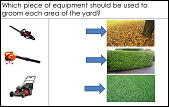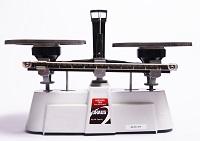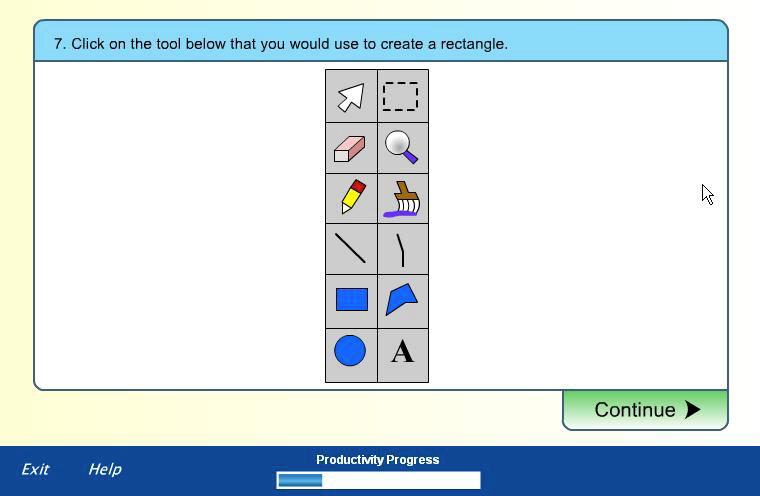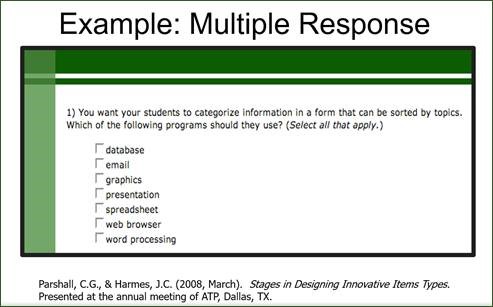Tag Archive: ATP17
February 2, 2017 | By Adrienne Cadle, Ph.D. |
|
|
One of the most important decisions a credentialing organization will make is the selection of an item-banking system for its... View Article
|
December 16, 2016 | By Cynthia G. Parshall, Ph.D. |
|
|
Overview In a typical Audio (AU) item a sound file is included within the stem of a multiple choice item,... View Article
|
July 19, 2016 | By Cynthia G. Parshall, Ph.D. |
|
|
Overview The Short Answer (SA) is a constructed response item type in which the examinee types a short response. Like... View Article
|
June 22, 2016 | By Cynthia G. Parshall, Ph.D. |
|
|
Overview The Drag and Drop (DD) item typically includes a list of elements that the examinee is asked to associate... View Article
|
June 1, 2016 | By Christine DePascale |
|
|
Usability testing can significantly enhance the quality of alternative item types and is one method used in incorporating Universal Design... View Article
|
January 27, 2016 | By Cynthia G. Parshall, Ph.D. |
|
|
Overview In a Hotspot (HS) item the examinee responds to the question by clicking directly on an image. This is often a... View Article
|
September 30, 2015 | By Cynthia G. Parshall, Ph.D. |
|
|
The video item type is useful across a wide range of content areas and exam programs. Video can be used to better represent crucial aspects of the profession. In addition, video can facilitate coverage of test content not easily measured with traditional written stems.
|
June 17, 2015 | By Cynthia G. Parshall, Ph.D. |
|
|
Overview The multiple response (MR) item type is, hands-down, one of the most useful alternative item types available today. It isn’t a new item type; the MR been used in paper-based assessments for many years (under various names, including multiple select, multiple-answer, multiple-choice, etc.). Now that the MR item type is provided as a standard option within many CBT applications, it is becoming a more popular option.
|
May 11, 2015 | By Adrienne Cadle, Ph.D. |
|
|
Do you have multiple choice items that are not accurately assessing the content of an exam? If so you may want to implement innovative items. In our workshop at the 2015 ATP Conference we presented four innovative item types, along with when each one should be used. The key factor that should be considered before adding an innovative item type is whether it can improve the measurement quality of the exam. The first step in implementing innovative items is choosing the right type. To help guide your decision on which types to implement, it is helpful to have a general understanding of the structure, strengths, and weaknesses of each item type.
|
March 18, 2015 | By Cynthia G. Parshall, Ph.D. |
|
|
Alternative item types (AIT) is a catch-all term, and can refer to any item type that's new or a bit different from the standard multiple choice (MC) item. AITs are sometimes called innovative item types or technology-enhanced items. This post is the first in a planned series on AITs. In this post we’ll consider why program staff might want to add AITs to an exam program and a useful approach to designing the item types so that they will be successful. Future posts will address some popular AITs individually, along with other factors to consider when implementing new item types.
|
|
|
|








